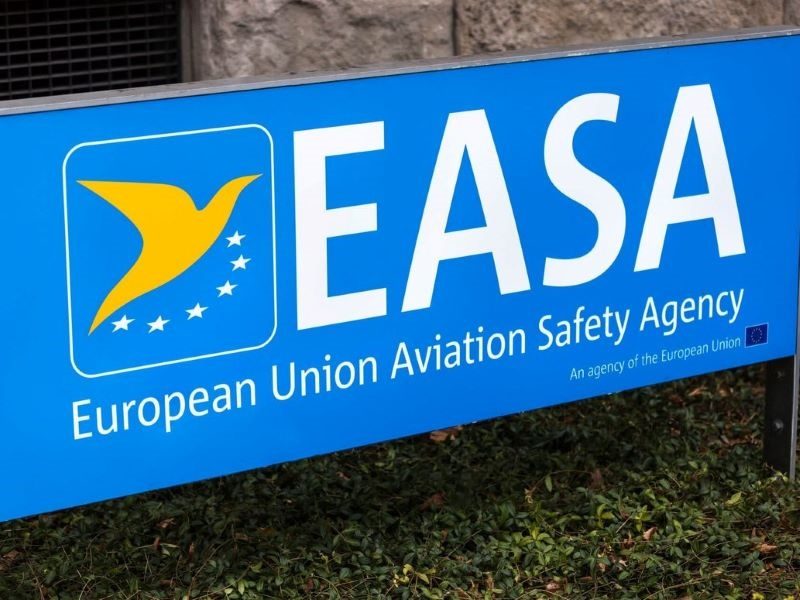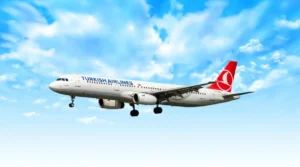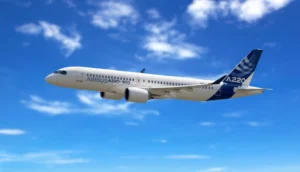European Aviation Safety Agency (EASA) Faces Resource Challenges Amidst Growing Demands
In a candid interview before his retirement, Luc Tytgat, the acting Executive Director of Europe’s aviation regulator, EASA, expressed concerns over the agency’s resource constraints amidst evolving aviation risks.

Photo Source: https://www.halldale.com/
With a staff of around 800 and a budget of 248 million euros for 2024, EASA stands in stark contrast to its U.S. counterpart, the Federal Aviation Administration (FAA), which boasts over 40,000 employees and a budget nearing $20 billion. Despite its smaller size, EASA plays a critical role in shaping aviation regulations and addressing emerging threats such as cyberattacks.
Tytgat highlighted the agency’s struggle to keep pace with the dynamic aviation landscape, emphasizing the need for additional resources to effectively fulfill its mandate. He underscored the importance of adopting a systemic approach to aviation safety, encompassing all facets of the ecosystem, from runway operations to airspace management.
Looking ahead, EASA aims to expand its role in collecting and analyzing safety data generated by modern aircraft, enabling proactive risk mitigation measures. However, calls for increased resources have met with skepticism from some industry stakeholders, including Ryanair CEO Michael O’Leary, who questioned the agency’s efficiency.
Despite pushback from certain quarters, EASA remains committed to its mission of enhancing aviation safety and efficiency. As the agency transitions leadership and navigates budgetary challenges, the future of European aviation regulation hangs in the balance.






